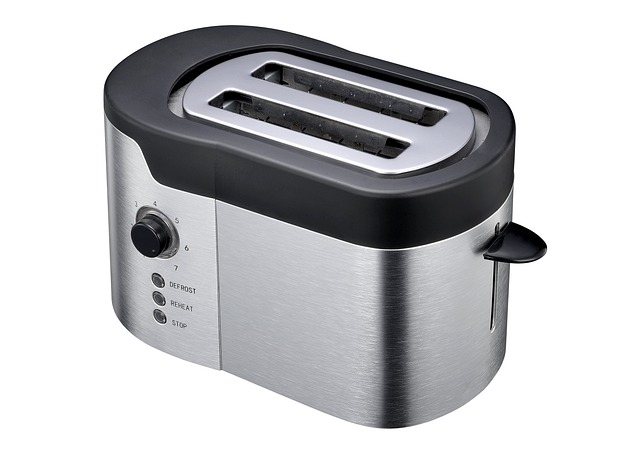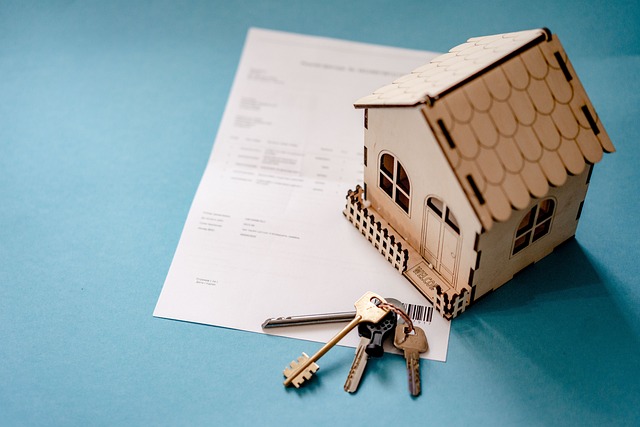When installing or maintaining your kitchen's major appliances like ovens and ranges, safety and proper function are paramount. Always follow the manufacturer's installation instructions for your specific model, ensuring you have adequate space, ventilation, and power supply. Install on a level surface to prevent tilting and potential hazards. Regular maintenance includes thorough cleaning to remove grease and food residues, and routine checks on heating elements, gas lines, and door seals to detect issues early. Maintaining clean ventilation systems is also crucial for safe cooking practices. Using recommended cleaning agents can extend the life of your appliances and ensure they operate optimally, safeguarding your family's well-being.
For installation, verify that your kitchen provides a safe space for the appliance, clean any existing connections, and securely connect the new unit to both power and gas according to instructions. Use shims for leveling and consult professionals if needed. When troubleshooting common issues like an oven not heating or temperature inconsistencies, start with simple fixes but recognize when professional repair services are necessary due to high voltage or complex wiring. For gas range problems, such as igniters that won't light, initial checks might suffice, but persistent issues typically require professional intervention, especially for safety-critical components like gas lines. Regular maintenance and understanding the scope of DIY repairs versus when to call in a pro are essential for the safe and efficient operation of your kitchen's major appliances.
When it comes to transforming your culinary vision into reality, the role of a reliable oven and range cannot be overstated. These major appliances are the cornerstone of any kitchen’s performance. Whether you’re installing a new unit or troubleshooting a persistent issue, understanding the ins and outs of these appliances is key to ensuring they operate at peak efficiency while maintaining safety standards. This article provides a comprehensive guide on the proper installation and maintenance of ovens and ranges, along with actionable tips for addressing common malfunctions. With the right knowledge and approach, you can ensure your kitchen remains a haven for creating delicious meals.
- Understanding Your Oven and Range: A Guide to Safe Installation and Maintenance for Optimal Performance
- Step-by-Step Oven and Range Installation: Ensuring Your Major Appliance is Properly Set Up
- Troubleshooting Common Oven and Range Issues: DIY Repair Tips and When to Call a Professional
Understanding Your Oven and Range: A Guide to Safe Installation and Maintenance for Optimal Performance

When it comes to major appliances in your kitchen, your oven and range are integral to preparing meals safely and effectively. Proper installation and regular maintenance are key to ensuring their longevity and optimal performance. Before installing your oven or range, it’s crucial to consult the manufacturer’s guidelines specific to your model. This will include details on the necessary space requirements, ventilation needs, and electrical or gas supply specifications to prevent any hazards. It’s equally important to ensure that the installation site is level to avoid tilting, which can lead to uneven cooking and potential safety issues.
Once installed, maintaining your oven and range involves regular cleaning to remove grease and food residues that could cause fires or affect the appliance’s functioning over time. Routine checks of the heating elements, gas lines (if applicable), and seals around the door will help you catch any issues early on. Additionally, keeping the ventilation system clean and free of blockages is essential for safe cooking. By adhering to these maintenance practices, you can protect your family, maintain the integrity of your major appliances, and ensure that they operate at their best for years to come. Remember to use appropriate cleaning agents recommended by the manufacturer and follow safety precautions when inspecting or repairing any components.
Step-by-Step Oven and Range Installation: Ensuring Your Major Appliance is Properly Set Up

When installing a new oven or range, safety and proper function are paramount to ensure that your major appliance operates efficiently and effectively. The installation process should be carried out with precision to avoid any potential hazards. Begin by carefully reading the manufacturer’s instructions specific to your model, as these will provide essential guidelines tailored to your oven or range. Locate a level surface in your kitchen where the appliance will be centered for balanced use. Ensure that there is adequate clearance around the unit to prevent combustible materials from coming into contact with hot surfaces. If you’re replacing an existing unit, remove the old appliance, clean the area thoroughly, and inspect the gas or electric connections for wear or damage. For gas models, it’s critical to ensure that all connections are tight and leak-free; use a soapy water solution to test for gas leaks by lightly brushing the solution over the connections, avoiding bubbles which would indicate a leak. Connect the appliance to the power source and gas line as per the instructions, making sure that the outlet can handle the required amperage and voltage. Once connected, double-check all wiring and fittings for firmness and accuracy. For electric ovens, ensure the electrical supply is disconnected before starting any installation or repair work, and consult a licensed electrician if there’s any uncertainty regarding your home’s electrical system. After securing the oven or range in place, level it using appropriate shims under the legs to prevent uneven cooking and potential instability. Finally, affix any side panels or trim, and perform a test run to ensure everything is functioning as intended. If you encounter any difficulties during installation, it’s advisable to seek assistance from a professional appliance installer who can confirm that your major appliance is set up correctly for safe and efficient cooking.
Troubleshooting Common Oven and Range Issues: DIY Repair Tips and When to Call a Professional

When encountering common oven and range issues, understanding the distinctions between problems that can be resolved with DIY repair tips and those requiring professional expertise is crucial for maintaining safe cooking conditions and protecting your major appliances. If your oven isn’t heating up or the temperature is inconsistent, start by checking if the oven is properly plugged in and if the circuit breaker has tripped. Reset the breaker if necessary and ensure that the interior light and clock settings are not causing the issue. Clean the oven’s coils, as a buildup of dust and debris can impede proper function. Should these steps resolve the problem, you’ve successfully performed a basic troubleshooting task. However, if the heating element is faulty or the control board is malfunctioning, it’s advisable to call a professional technician. These components involve high voltage and complex wiring, posing risks that amateur repairs may not safely address.
Similarly, issues like a gas range that won’t light or a continuous pilot light are symptoms that may require more than a cursory fix. In such cases, ensure the gas valve is turned on and the burner dials are set correctly. If these settings are fine, the problem could be related to the igniter or the electronic spark module, which might necessitate professional repair. Always prioritize safety when dealing with gas leaks or electrical issues. A persistent issue with a gas range’s flame or an electric oven’s failure to start should prompt you to contact a licensed professional, as these symptoms can indicate deeper mechanical or gas line problems that are best left to experienced technicians who specialize in major appliance repair.
When it comes to ensuring your kitchen is equipped for safe and efficient cooking, understanding the installation and maintenance of your oven and range is paramount. This article has provided a comprehensive guide on how to properly set up these major appliances, troubleshoot common issues, and determine when professional assistance is necessary. By following the outlined steps for installation and maintaining regular checks and repairs, you can enhance both the longevity and performance of your oven or range. Remember, taking the time to install and care for your major appliances correctly not only guarantees a safer cooking environment but also supports a more enjoyable culinary experience. With this knowledge at hand, you’re well-equipped to handle both routine maintenance and unexpected repairs, ensuring that your kitchen remains a reliable and pleasant space for years to come.
